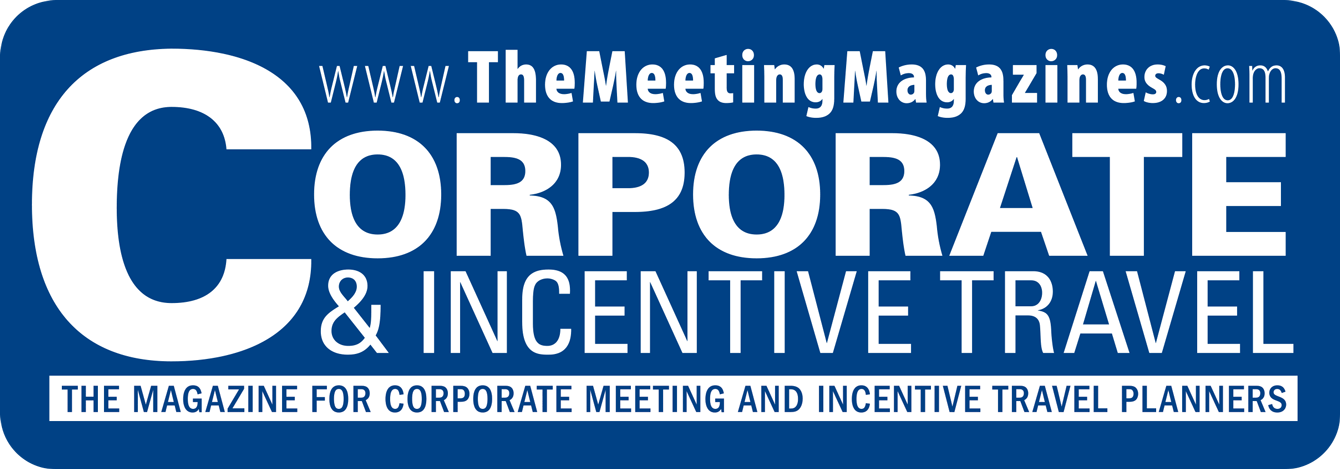The Purpose AdvantageFebruary 11, 2025
The Anchor for Sustainable Business Growth By Drew Yancey, PhDThe Purpose Advantage
The Anchor for Sustainable Business Growth Drew Yancey, PhD is founder & CEO at Teleios Strategy, a premier strategic planning, leadership development, executive coaching and succession planning advisory firm. With a proven track record in high-performance team building and strategic execution for over 15 years, Yancey solves challenging problems at the nexus of growth, strategy and innovation. He is also the co-author of “Leading Performance… Because It Can’t Be Managed: How to Lead the Modern Workforce,” and a frequent keynote speaker. Reach him at teleiostrategy.com.
Drew Yancey, PhD is founder & CEO at Teleios Strategy, a premier strategic planning, leadership development, executive coaching and succession planning advisory firm. With a proven track record in high-performance team building and strategic execution for over 15 years, Yancey solves challenging problems at the nexus of growth, strategy and innovation. He is also the co-author of “Leading Performance… Because It Can’t Be Managed: How to Lead the Modern Workforce,” and a frequent keynote speaker. Reach him at teleiostrategy.com.
In today’s often fast-paced and chaotic business environment, it’s easy to lose your footing. Growth brings complexity, competition sharpens and every decision feels high-stakes. Leaders frequently find themselves stretched thin — chasing new opportunities, managing demands from multiple stakeholders and attempting to streamline operations. It’s during this turbulent phase that companies need an anchor to steady the ship and serve as a guiding North Star: a clear, compelling purpose.
Purpose is more than a slogan on a wall or an aspiration in a mission statement. It’s the guiding “why” that aligns your team, clarifies decision making and propels your business forward. A well-defined purpose creates resilience, focus and growth — without sacrificing efficiency or profitability. For mid-market businesses striving to navigate complexity, purpose is not just a nicety; it’s a necessity.
The Power of Purpose in Business
According to a Harvard Business Review study, purpose-driven companies outperform their competitors, growing three times faster. They also experience 46% higher market share growth and see measurable gains in employee engagement, customer loyalty and innovation. Why? Because purpose cuts through the noise of mid-market chaos, giving leaders and teams clarity about what matters most.
Among the many benefits of purpose, three stand out:
1. Employee Engagement and Retention
A strong purpose acts as a magnet, attracting talent that aligns with your company’s values while retaining those who feel inspired by meaningful work. Fully 70% of employees define their personal value through their work, and purpose-driven companies tap in to that intrinsic motivation.
- According to Deloitte, 90% of employees in purpose-led organizations feel inspired and loyal, while 60% say they’d take a pay cut to work for a company with a clear purpose
- Purpose also improves retention. A Harvard Business School study found that purpose-driven companies see a 40% reduction in turnover compared to their peers
Engaged employees are both more productive and more likely to advocate for the company. They connect their daily tasks to something bigger, which increases commitment and fosters a cohesive culture — crucial for mid-market businesses managing rapid growth and organizational change.
2. Customer Loyalty and Market Position
Consumers are increasingly demanding that businesses act with integrity and make a positive impact. A clear purpose differentiates mid-market firms from competitors and creates deeper, more authentic relationships with customers.
- 77% of consumers prefer to purchase from purpose-driven companies, and these brands experience 30% higher levels of innovation
- For example, Unilever’s “sustainable living” brands grew 69% faster than the rest of its portfolio, proving that purpose can drive both growth and profitability
For many businesses, purpose can be a key differentiator in crowded markets. It answers the critical question for customers: “Why should I choose you?” A purpose that resonates drives loyalty, repeat business and premium pricing, helping mid-market firms compete against both scrappy startups and well-funded giants.
3. Resilience and Long-Term Growth
In times of uncertainty or disruption — which is all too often — purpose serves as a compass. Leaders who operate with clarity of purpose are better equipped to make tough decisions and balance competing demands.
- Purpose provides direction during challenging periods, helping leaders prioritize and align resources to their most critical goals
- Purpose-driven businesses also demonstrate greater financial performance over time. Companies with a clear purpose outpace their competitors by 40%, according to multiple long-term studies
In the chaotic mid-market stage, where companies must scale efficiently while managing growing stakeholder pressures, purpose becomes a stabilizing force. It simplifies decision making, aligns teams and enables leaders to focus on profitable, strategic growth.
The Burden and Challenge of Purpose
Defining purpose isn’t easy, especially for mid-market businesses emerging from the startup phase. Many leaders assume purpose is static — established at a company’s founding. In reality, purpose must evolve as the business grows.
The Stakeholder Dilemma
Mid-market leaders often face what we call the “stakeholder dilemma” — the need to balance diverse and often competing expectations from customers, employees, investors and other stakeholders. A clear purpose bridges competing demands, as it unifies and aligns stakeholder priorities without compromising the company’s focus.
A mid-market tech firm we recently advised grew rapidly but struggled to align its product roadmap with investor demands for faster growth and employee concerns about burnout. By revisiting its purpose — “to simplify digital collaboration for small businesses” — the leadership team clarified its focus. It stopped chasing low-value opportunities, reallocated resources to its core offering and reengaged employees in delivering on their purpose.
Authenticity and Accountability
Purpose-driven leadership demands authenticity and visible commitment from leaders. In today’s transparent world, customers, employees and investors demand purpose to be real, not performative. Leaders must walk the walk, integrating purpose into strategy, culture and operations.
This integration requires discipline. Leaders must align the company’s core value proposition with the “jobs to be done” for customers, ensuring purpose translates into tangible value. This approach keeps the business focused on solving real customer problems while staying true to its identity.
From Monolithic to Multifaceted
Early on, a founder’s vision often drives purpose — simple, singular, clear. But as a company grows, purpose becomes complex. Mid-market firms serve multiple stakeholders, operate across broader markets and face internal pressures to adapt purpose for different teams or departments.
The solution lies in a mindset shift: from monolithic to multifaceted purpose. Mid-market leaders must define this not as a single statement but as a “Purpose Prism” — a framework to clarify purpose across three key dimensions. It must be unifying and adaptable, aligning the company as its complexity grows.
Tool: The Purpose Prism
What I’ve coined the “Purpose Prism” approach can prove powerful:
- Clarify the Core Purpose: Start with a single sentence that captures why the business exists. Example: “We exist to help small businesses thrive by simplifying financial management”
- Identify Customer Impact: Map the specific problems your business solves for customers, and align them to your purpose
- Define Core Values: Articulate the beliefs and behaviors that allow your team to consistently deliver on the core purpose
Once purpose is defined, leaders must embed it into the company’s culture, strategy and operations — ensuring it informs everything from hiring and product development to customer service and decision making.
The ROI of Purpose-Driven Execution
The benefits of purpose don’t happen on their own. Leaders must execute purpose systematically, ensuring it drives results. Consider these steps:
- Communicate Relentlessly: Make purpose the centerpiece of internal and external communication. Help employees and stakeholders connect their daily roles to the company’s purpose
- Link Purpose to Metrics: Measure purpose-driven outcomes such as employee engagement, customer satisfaction and community impact alongside financial performance
- Align Incentives: Reward behaviors and results that align with purpose, reinforcing accountability at every level of the organization
Case Study: Purpose in Action
A mid-market food distribution company struggled with inefficiencies and declining margins. After revisiting its purpose — “to deliver fresh, sustainable food to local communities” — leadership made tough but necessary decisions. They streamlined their supply chain, invested in local partnerships and focused on delivering higher-quality products.
The result? Increased profitability, customer satisfaction and employee engagement. By aligning strategy and execution with purpose, the company turned its challenges into growth opportunities. The lesson? Define your purpose, commit to it and watch your business thrive. C&IT








